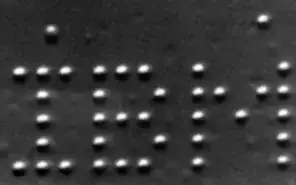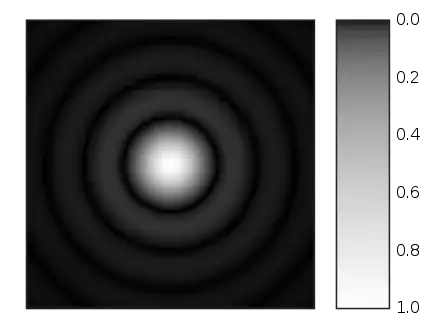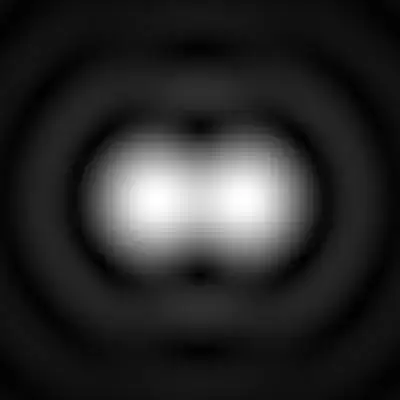I know, the answer to this question may seem obvious: The resolution/magnification of an optical microscope is limited by the minimum wavelength one uses. This is due to the diffraction limit.
However, there are different types of optical microscopes. The classical type shines light on a sample and looks at the reflection. It is clear to me why the resolution is limited by the diffraction limit in this case.
A second type is the fluorescence microscope. There the single atoms do send out photons. It is stated (at least on the german Wikipedia page) that this type of optical microscopy is also limited by the diffraction limit, but why?
My question in short:
Why is a fluorescence microscope limited by the diffraction limit if single atoms send out photons? Shouldn’t the resolution be that of a single atom, at least when the detector is sensitive enough?


